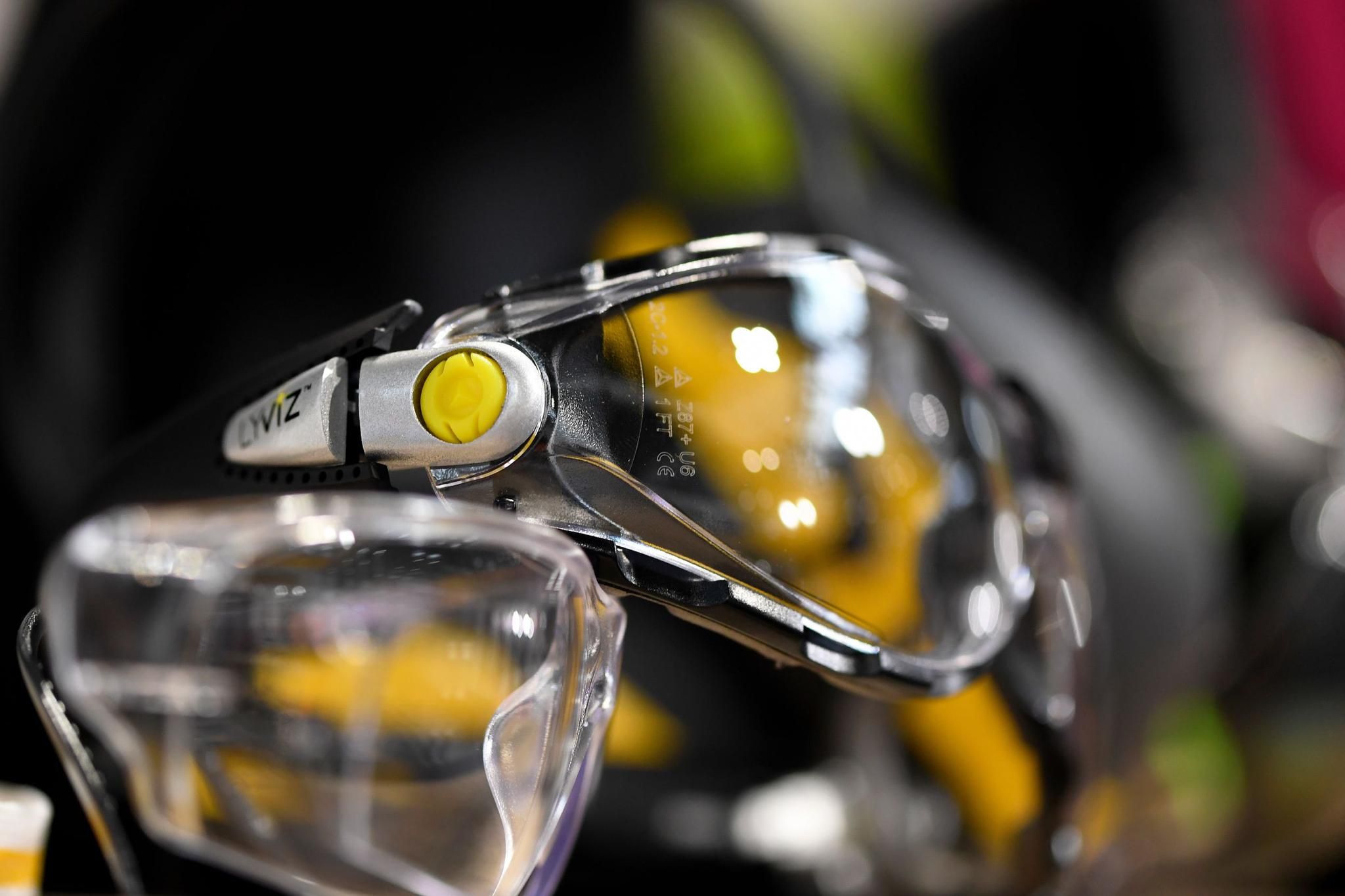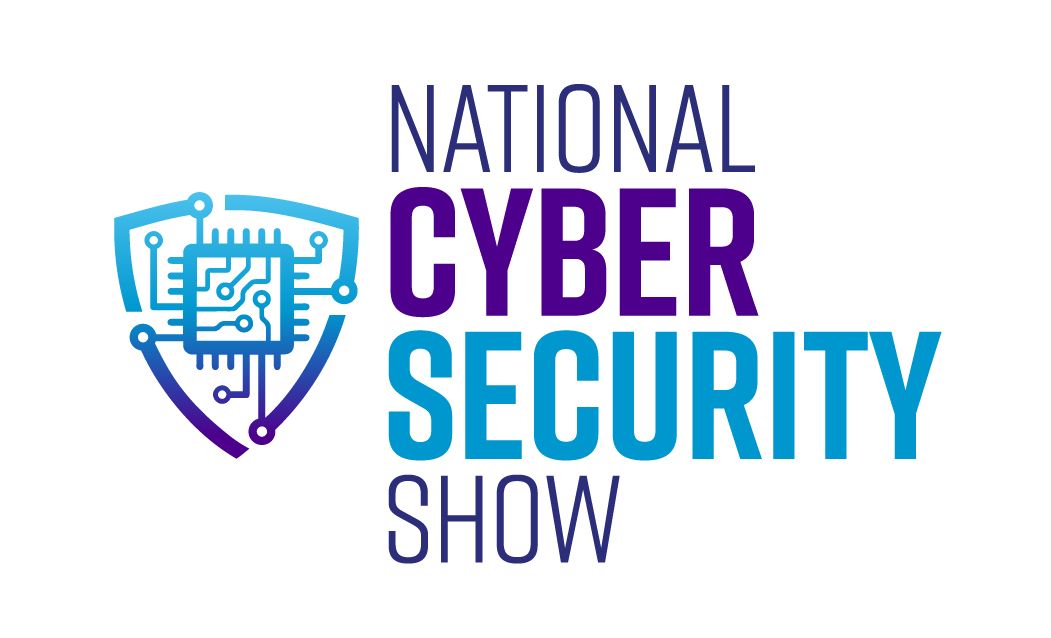10 Questions to Ask About Your Connected Safety Technology
)
The capabilities you need to support a safer, streamlined workplace
Looking for the right technology to keep your workers connected and safe? Solutions with the ability to transform your workplace safety programme and create the protection, production, and performance results you’re looking for? There’s a lot to think about when selecting equipment. Ease of use and set up. Connectivity options. Battery life. Reporting capabilities. Multi-functionality. And much more.
The stakes can be high. According to ISO, every 15 seconds a worker dies from a work-related incident. And injuries at work lead to extended absences, costing the global economy an estimated £2 trillion. An effective connected safety solution can help save lives and improve profitability at the same time.
A better employee experience and loyalty naturally follow too, with connected devices building up trust and confidence in your people that they have the support they need to get the job done safely—a consideration especially relevant as workforce demographics shift and more younger workers are drafted in. Research shows younger workers are less skilled and more likely to get injured, but also quick to adopt new technology and new ways of working.
If you run a safety programme, you'll know better than anyone how much manual work can be involved—from checks on equipment and head counts during evacuations and emergencies, to investigating incidents and compliance reports. It can be difficult to create the efficiencies you need to scale—and to save lives. You’ll want connected safety technology that seamlessly integrates with your existing systems today, and that generates insights and best practices to ensure you flourish tomorrow.
To help guide you, here is a list of the top 10 questions to ask and the capabilities to look for so you can make the right choice.
1. How easy are connected devices to use?
The less barriers to adoption the better, and the easier your devices are to turn on, connect, and use, the greater their chances of success.
You’ll want to know:
- If any additional IT infrastructure is required
- How long they take to set up
- If they connect to a network right out of the box
- If they have automated firmware updates to keep you always in compliance
- How easily they integrate with existing systems
- How much training employees will need to ensure proper usage
2. What are the connectivity options?
Many industrial worksites are in remote locations and you need to be sure your devices can work anytime, anywhere.
You’ll want to know:
- If they offer integrated cellular connectivity without any expensive intrinsically safe smartphones, apps, hidden subscription costs or added infrastructure
- If they offer assisted GPS, so all event and alert data is reliably time and location stamped
- How quickly they can connect, if they connect directly
3. How multifunctional are they?
Gone are the days when devices do just one thing. It’s all about convergence—and convenience—and you’ll want devices that can perform a range of functions so only one is needed to do it all.
You’ll want to know:
- If the device includes gas detection
- If more than one type of gas (ideally up to five) can be detected
- How immune the gas sensors are to poisoning
- How many sensor configuration options are available to support scalability and future-proofing
- If it includes core features like a clock, timer, two-way voice communications and radio
4. What's their battery life?
Connected devices are always ‘on’, recording and streaming data 24/7/365 for full protection of your people and facilities. For efficiency and optimum performance, you’ll need hard-working technology that can go as long as possible.
You’ll want to know:
- How long devices take to charge
- The average battery life (hours, days or weeks) per charge
- If additional battery packs are available
5. How are alerts managed?
When seconds count, you’ll want to be sure alerts are promptly sent to, and received by, responders for emergency response management if required. Ideally, the whole process should take less than one minute.
You’ll want to know:
- The minimum and maximum amount of time between sending out an SOS from the device and receiving it on the monitoring software dashboard
- If the SOS alert can be acknowledged by the dashboard user and communicated with the device wearer to determine the response required
- If alerts per device are tracked to show device users triggering the most alerts, when and where they’re occurring and what types of alerts are most common
6. What are the monitoring options?
Your connected device, when paired with an appropriate monitoring system (whether internal or external) leads to a swifter emergency response, saving lives when seconds can make all the difference.
You’ll want to know:
- If devices are equipped with push-to-talk or two-way voice calling to offer an additional layer of safety ensuring the lines of communication to your people are always open
- If self-monitoring software is available to support those in need of assistance during an incident
- If there’s option to be supported by a 24/7/365 alarm receiving centre
7. What are the reporting capabilities?
To get a clear view of how your safety programme is performing, you’ll need to be able to measure all aspects of it. Comprehensive reporting features help you get all the detailed data you need to ensure compliance, while also benchmarking, improving, and taking your safety to the next level. From usage information to best practices and strategic insights, connected devices paired with software analytics can generate the right intelligence to help you predict incidents and remove roadblocks to efficiency.
You’ll want to know:
- If data flows freely from the device to the cloud and then to your systems
- Their standard reporting capabilities to ensure compliance
- Their custom reporting capabilities
- If they offer dashboards or visual analytics views
- If they offer APIs for enhanced functionality
- If there is available support should advanced data science analysis be a goal
8. What's the ease of implementation?
From difficult configurations to administrative complexity to time-consuming deployments, many hidden costs can come with adopting a new solution. You’ll want to know up front what you’re getting into.
You’ll want to know:
- If any additional IT infrastructure is required
- How deployment is managed and how complex it is
- How long it takes to implement the new solution
- How much training is required to use the devices
9. What security and compliance assurances are in place?
Ensuring the functionality of connected safety devices is fit-for-purpose and keeping your data secure is vital both for trust and corporate reputation. You’ll want a partner who is properly certified with a dedicated security team and the right safety features in place.
You’ll want to know:
- If the device is certified to BS8484, the standard that defines the requirements for lone worker safety monitoring products and service providers
- Your partner’s security certifications (for example, SOC 2 and GDPR)
- If their software supports multi-factor authentication
- If their software supports single sign-on (SSO) and if so, what systems are supported
- Their process to detect, identify, report, notify you, respond to and resolve security incidents in a timely matter
10. What purchasing options are offered?
Whether its leasing, purchasing outright – or a blend of both – flexible purchasing operations can help make sure your connected worker technology fits into any budget.
You’ll want to know:
- If they offer flexibility purchasing options
- If their technology be applied against your CapEx or your OpEx budget
- Whether an upgrade programme is available
Ready to learn more?
We’ve got even more resources at www.blacklinesafety.com/resources to help you. You can also check out Blackline Safety’s own products anytime.


.png)
.png)
.png)
.png)
